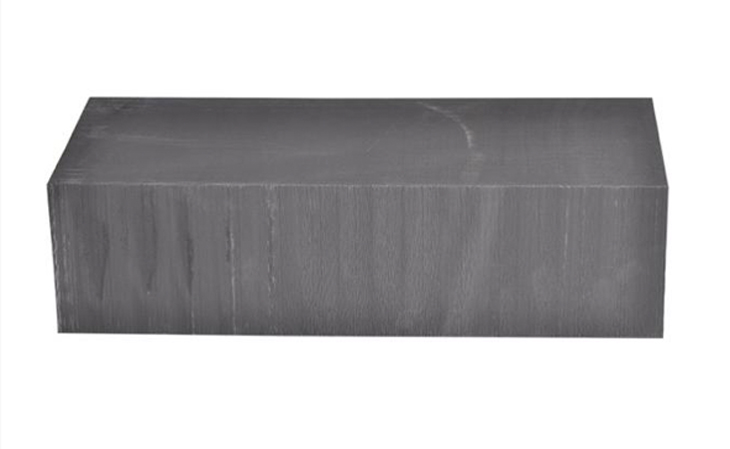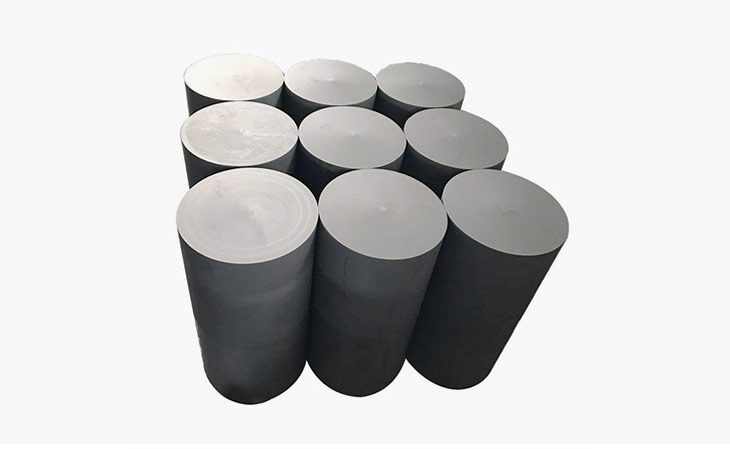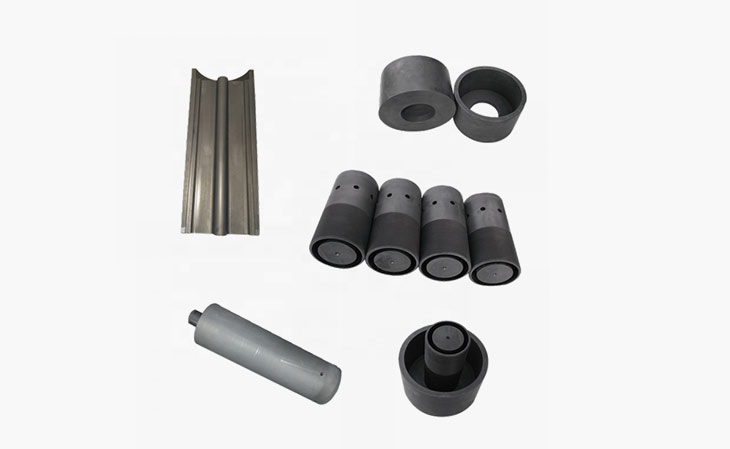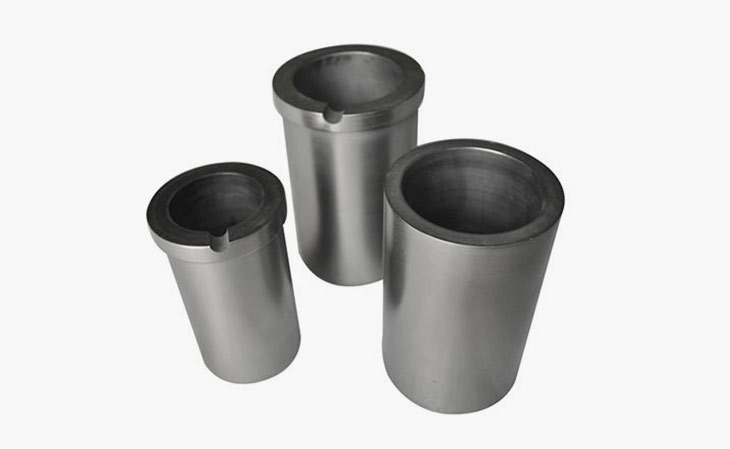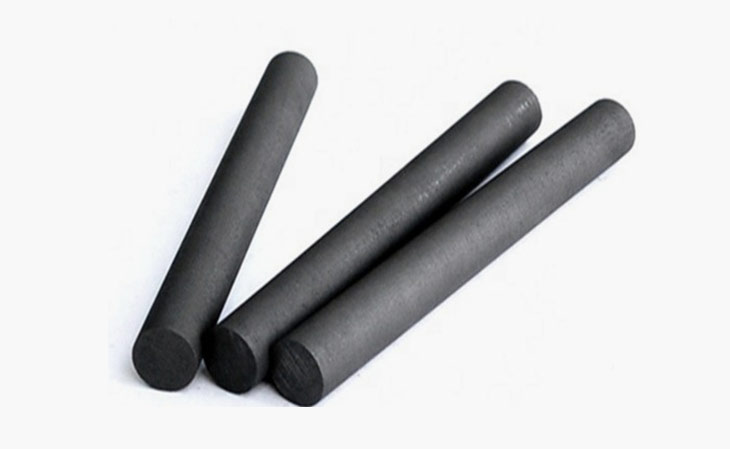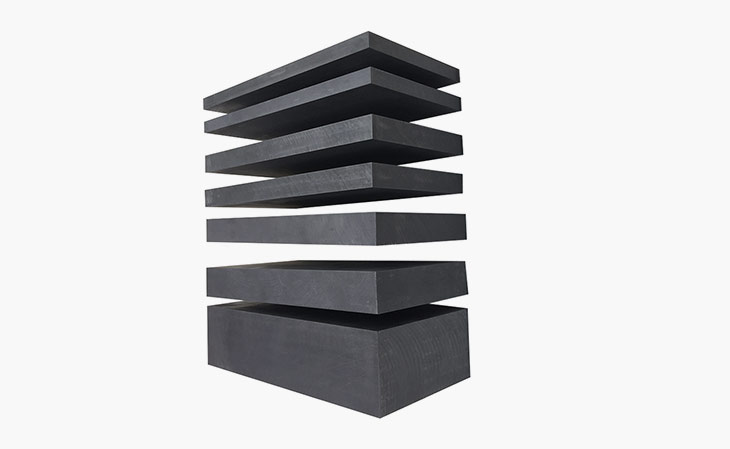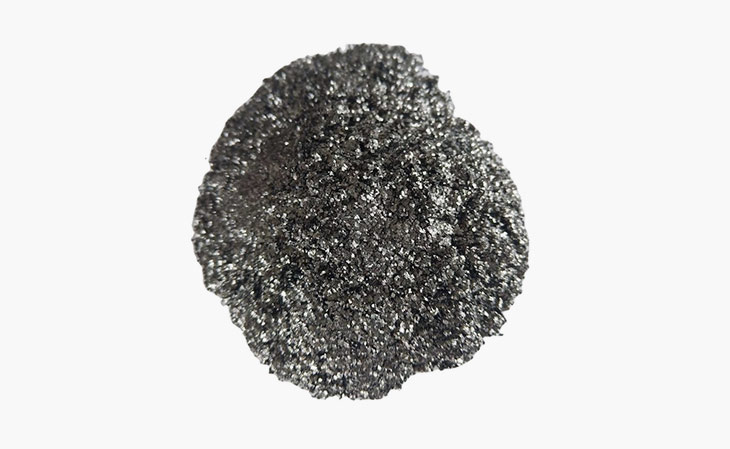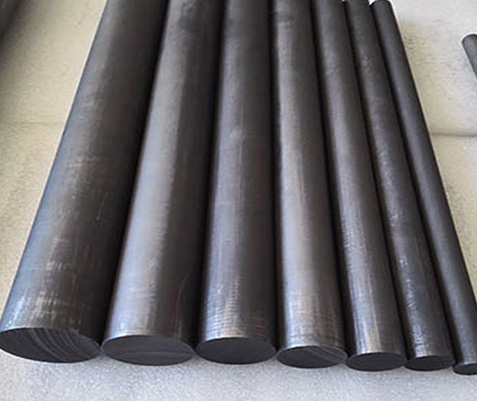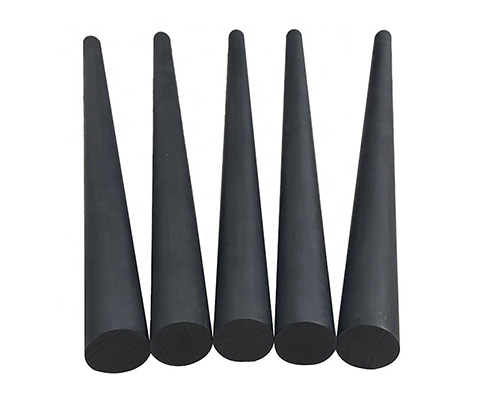Graphite rod is a non-metallic product and an essential cutting consumable before welding in the carbon arc gas gouging and cutting process. It is made by adding appropriate binders to carbon and graphite, then extruding and baking at 2200℃, and finally coated with a layer of copper. It is resistant to high temperatures, has good conductivity, is not easy to break, and is suitable for cutting metals into shapes that meet requirements. Let WH graphite rod exporter explain for you.
1. Understanding graphite rods
A graphite rod is made from machined graphite or graphite compounds. It is mainly because of its excellent thermal shock resistance, heat resistance, high corrosion resistance, non-reactivity, and good aging ability. Graphite rods come from graphite processing, which is a technique for cutting or shaping graphite materials to fit a variety of applications and purposes. Graphite is machined to make graphite rods. Compressive forming, isostatic pressing, or extrusion are the three most common methods used to produce graphite rods. Many techniques used to manufacture graphite tubes can be compared with them. Available types of graphite rods include fine, medium, and coarse particles from extruded graphite. Each type has its own advantages, making high density graphite rod and graphite rods for electrolysis suitable for the required application.
2. Key points for using graphite rods
Graphite rods are commonly used for electric heating elements in high-temperature vacuum furnaces, with a maximum operating temperature of up to 3000℃. They are prone to oxidation at high temperatures and can only be used in neutral or reducing atmospheres except under vacuum. The coefficient of thermal expansion is small, the thermal conductivity is large, and the resistivity is (8~13)×10-6Ω·m. It has good machinability compared to SiC and MoSi2 rods, is resistant to high temperatures, has good resistance to extreme cold and hot, and is relatively inexpensive.
Voltage margin value: Generally, the voltage of the graphite rod in the later stage of use is 1.5-1.7 times that of the new rod. Depending on the different voltage-regulating wiring methods, the upper limit of the later stage voltage is generally 220V or 380V. It is recommended to adjust the power of graphite rods by adjusting the voltage. The voltage-regulating method of graphite rods is recommended to use thyristors or voltage regulators. Generally, it is not adjusted by changing the frequency of the power controller.
Generally speaking, the surface load density of graphite rods is derived from the relationship between furnace temperature and the surface temperature of the graphite rod. It is recommended to use half to one-third of the power of the surface load density of the graphite rod. The higher the current applied to the graphite rod, the higher the surface temperature of the graphite rod. It is recommended to use the smallest surface load density (power).
When using continuous graphite rods, slowly increase the voltage as much as possible to maintain a longer service life. Graphite rods should be connected in parallel as much as possible. If the resistance of the graphite rods is different, the load of the high-resistance series-connected graphite rods will be concentrated, causing the resistance of a certain graphite rod to increase rapidly and shorten its life. At the same time, the matching of resistance values should be strengthened, that is, the resistance values of the same group of rods should be as close as possible. Generally, the resistance deviation of parallel-connected rods in the same group is within 10%-15%, and the resistance deviation of series-connected rods in the same group is within 5%-10%. The higher the furnace temperature, the smaller the required resistance deviation.
 English
English
